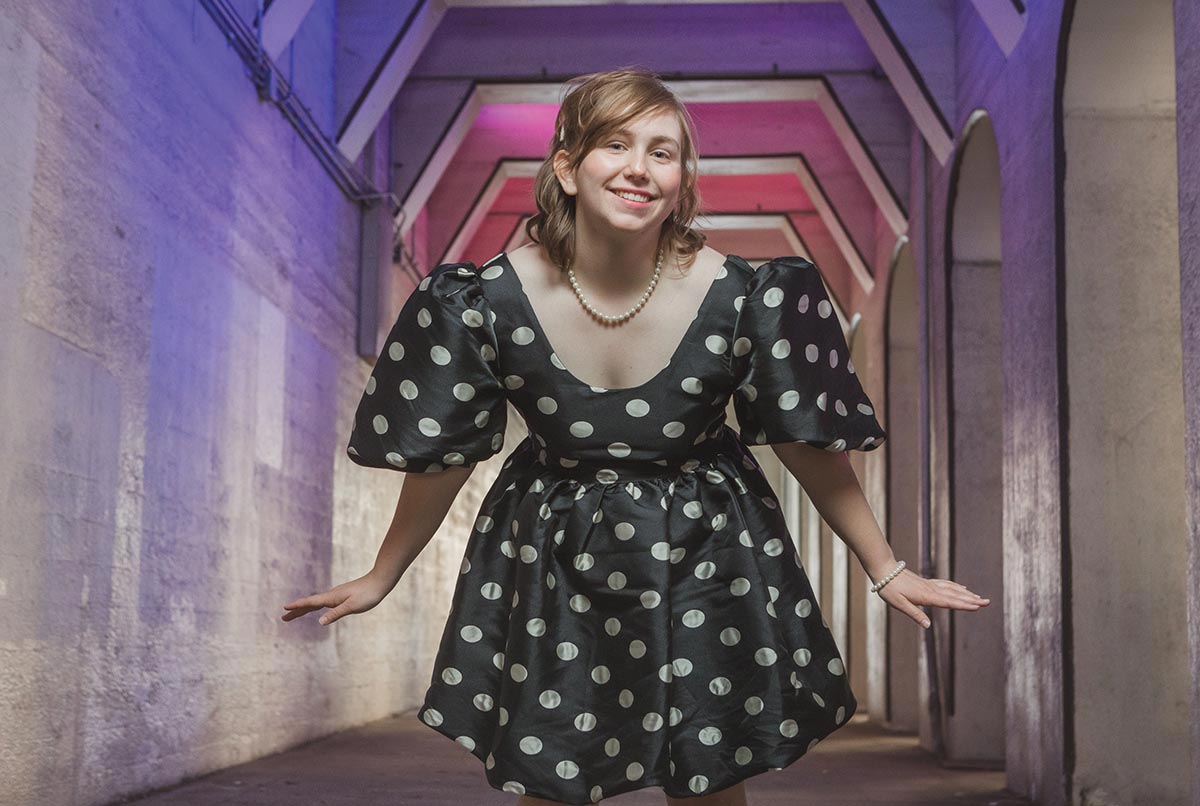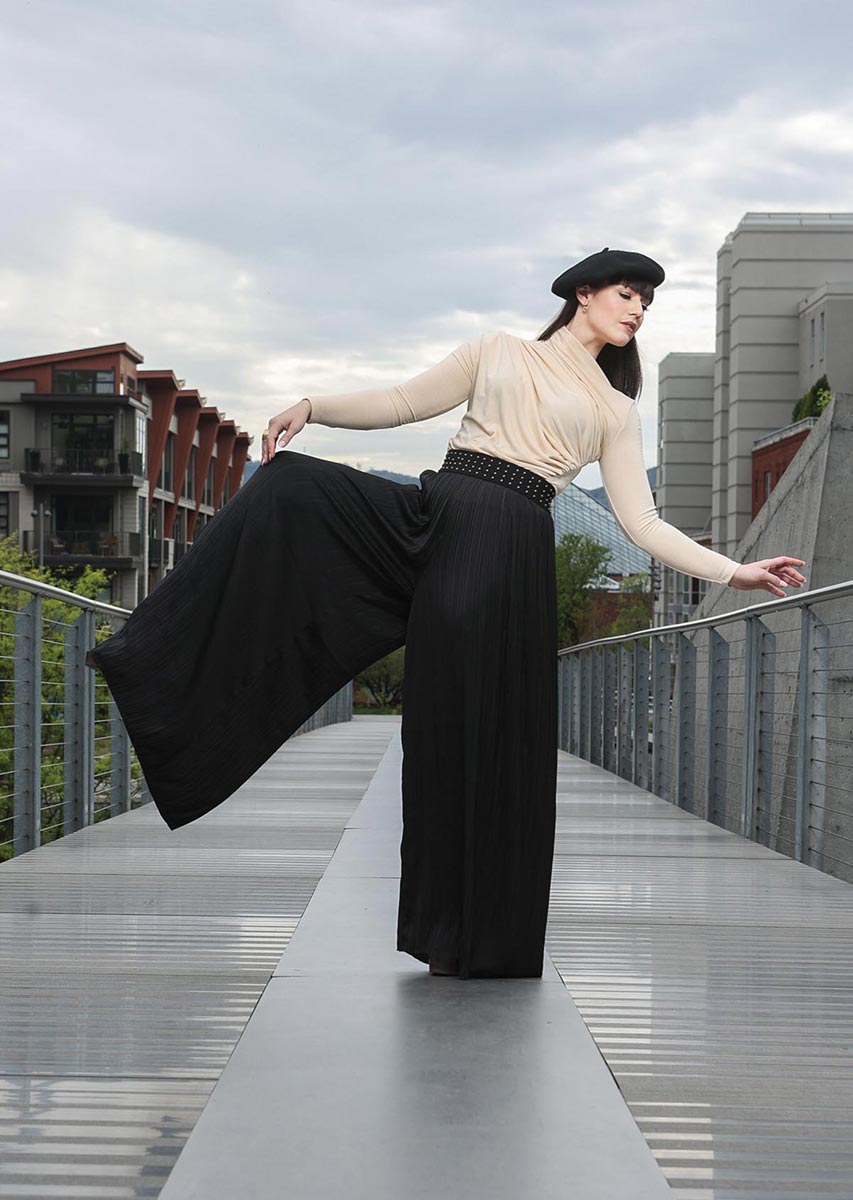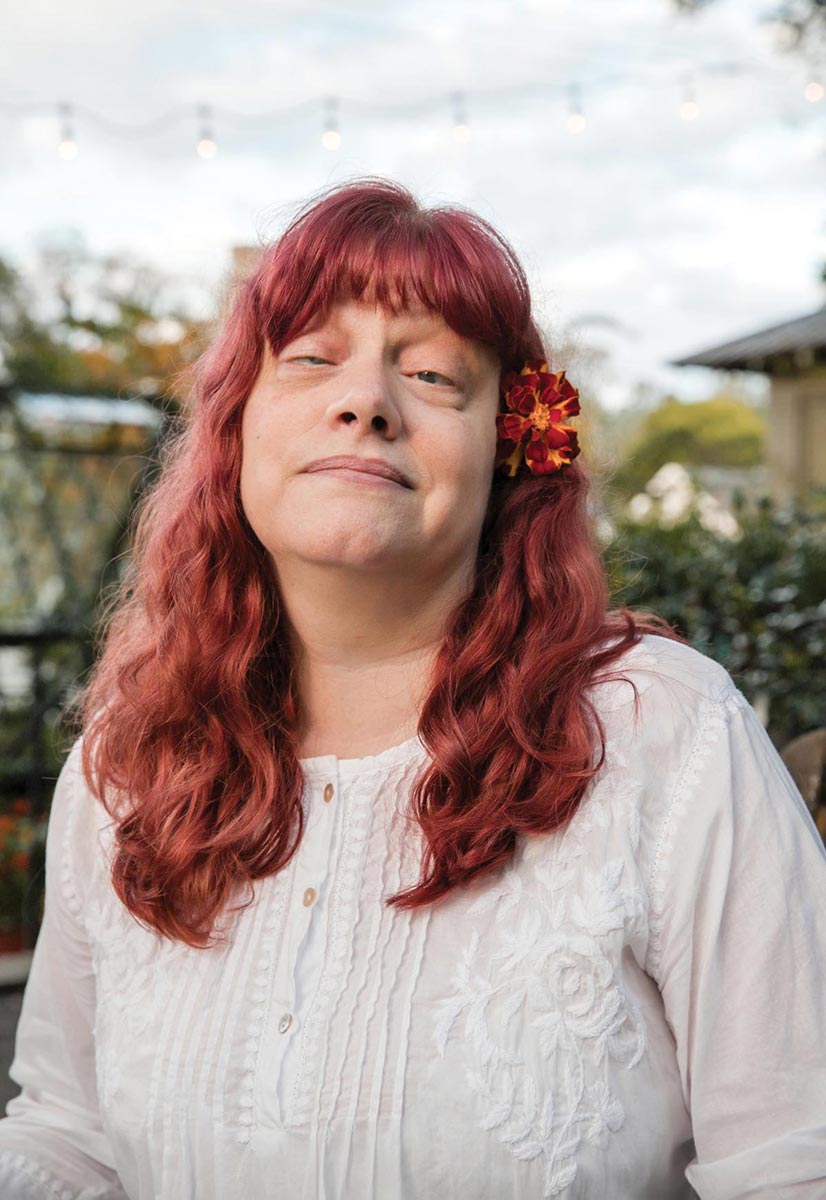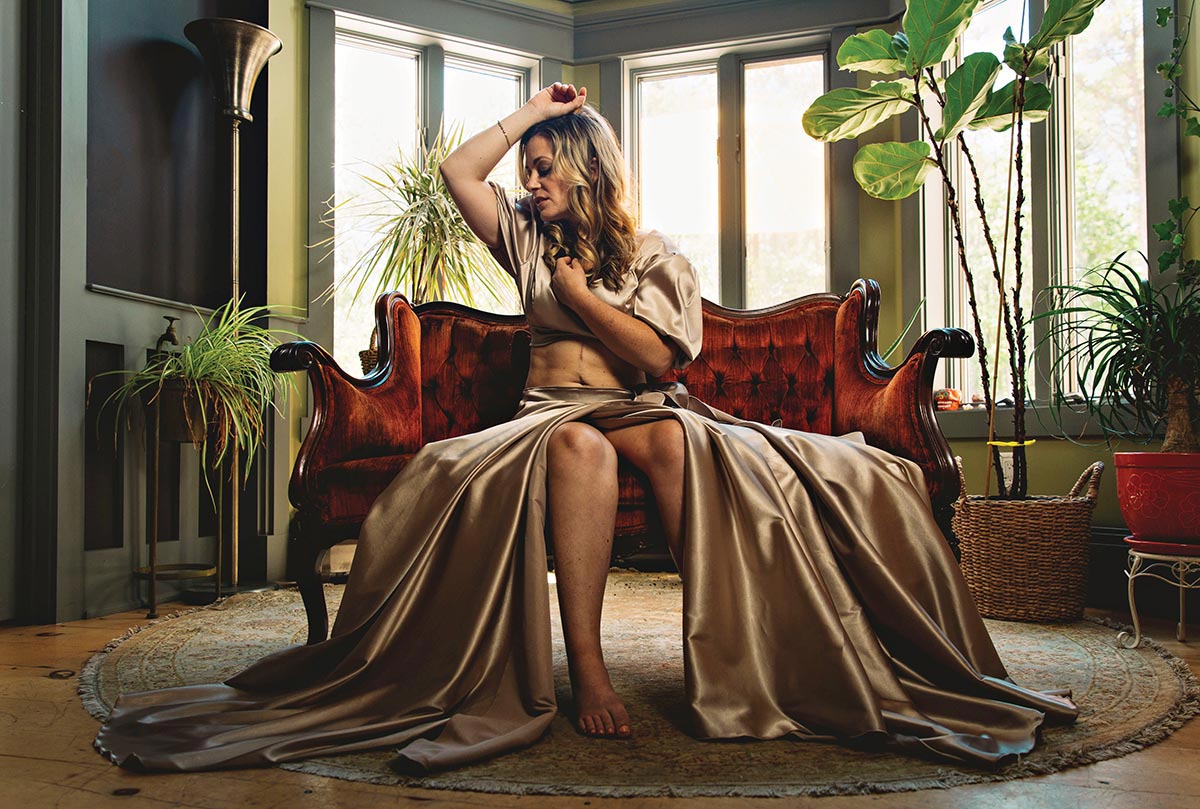
The world is a diverse place, yet most photographers’ portfolios do not reflect that. While there is comfort in sticking with what’s familiar to you, stepping out of your comfort zone brings understanding, empathy, and appreciation of diversity in countless ways. Many photographers struggle to answer the question: How do I approach a disabled client?
Photographers often worry about how to interact with people with disabilities during a session. While most photographers are competent when it comes to creating images, working with individuals with disabilities—whether those disabilities are visible or invisible—takes specific skills and good communication. I have been fortunate to know how it feels from both sides, being autistic (an invisible disability) and a photographer.
I’ve also been an occupational therapist for more than 17 years, and I’ve noticed how photographers are afraid to talk about this subject. Additionally, many photographers lean into portraying disabled subjects as inspirational; however, we just wanted to be normalized.
We live our lives like typical people but doing it in an adaptive way. We want to be seen as normal and treated the same way as anyone else would. Here are some tips I’ve developed that you can use when you’re hired to work with a subject who as a visible or invisible disability.

1. Direct eye contact isn’t required. You can make a beautiful portrait that doesn’t include eye contact. As photographers, our job is to convey a story no matter if there is eye contact or not. Our eyes tell a story and provoke emotions. But be mindful that there are some disabilities—including autism and visual impairments—that make eye contact difficult or uncomfortable.

2. Be patient. Patience is important when you’re photographing atypical subjects. Allow them space and time to adjust to transitions. Some clients need longer to process the information from prompts and instruction you provide. Many photographers like to work at a fast pace with little time allowed for clients to prepare themselves for transitions. Transitions can be difficult for some people due to sensory overload. Plan time for a client to take a break during the session for any number of reasons including limited mobility or anxiety. If you feel the first hint that you are getting upset because an atypical client is not doing what you want them to do, immediately step back and let it go. During planning, ask your subject if they anticipate they’ll need additional time or a quiet space for breaks. Is there is a certain music or food they would like to have during the session to feel more comfortable? Be kind. Allow them to adjust and to transition.

3. Learn the language. Learn and understand what person-first language vs. identity-first language is and how to use it in conversations with your atypical client. Ask what their preference is during your first meeting.
4. Be open. Have an open conversation to increase your awareness of their disability and ask questions. I’ve found that it’s best to be face-to-face or voice-to-voice for this conversation. Calls or video chats work great. Invest time in personal communication, and you’ll earn clients’ trust from the start. Build a rapport with clients to understand their disabilities. Never go into a session without having this connection.

5. Have an empathetic ear. Photo sessions can be considered therapeutic to an atypical subject. Be ready to listen to their story. Generally, the client will open up about their disability, their feelings, and things that have happened to them when they’re in a space where they feel safe and heard. This also sets the tone of your session to convey their story. You do not have to be a therapist during the session, just a person who listens empathetically.
6. Be aware of the environment and clients’ sensory needs. Atypical subjects can be sensitive to smells, lighting, and moving air. Be aware that bright sunlight or fluorescent light might hurt their eyes, certain textures might bother them, and smells can be perceived much stronger and more irritating to some. Try to reduce or eliminate potential irritants as best as you can. Be careful even with continuous lighting and strobes because they might be a trigger for your client or create a distraction. I frequently use the StellaPro Reflex S because its small, portable size causes minimal distraction. The most important thing is to listen to your client. If the client complains or makes a remark about something, don’t just brush it off. Make sure you can accommodate their needs. You may have to move to a different area, swap out a textile in the set or clothing, or simply wait for a different time altogether.
THAT’S A WRAP
Remember that atypical clients represent a broad range of abilities. We, as professional photographers, have the remarkable opportunity to tailor every photo experience to each client’s needs.
Tosha Gaines is a photographer in Birmingham, Alabama.



